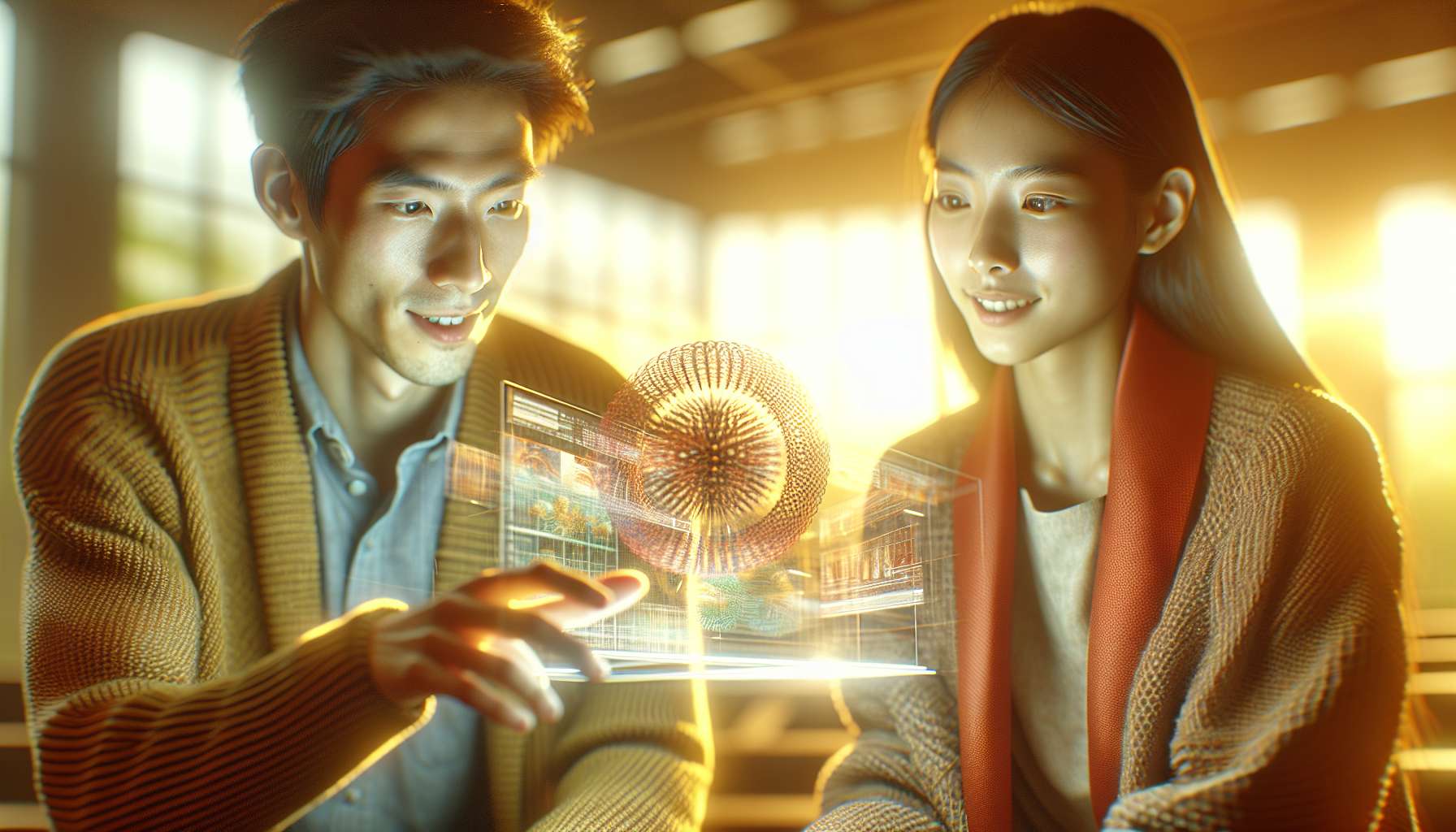The Power of 3D Visualization in Revolutionizing the Product Lifecycle
As technology continues to advance at an unprecedented pace, businesses are constantly seeking innovative ways to enhance their product development processes. One such groundbreaking technology that has emerged in recent years is 3D visualization. By leveraging the power of augmented reality (AR) and artificial intelligence (AI), 3D visualization is revolutionizing the way products are designed, developed, and brought to market. In this article, we will explore the profound impact of 3D visualization on the product lifecycle and how it is driving lifecycle innovation.
Streamlining Design and Prototyping
Traditionally, product design and prototyping involved numerous iterations, costly physical models, and time-consuming processes. However, with the advent of 3D visualization, these challenges are becoming a thing of the past. By creating virtual 3D models of products, designers can now visualize and iterate on their designs in real-time, significantly reducing the time and cost associated with physical prototyping. This not only accelerates the design process but also allows for more creative freedom and experimentation, leading to better product outcomes.
Enhancing Collaboration and Communication
Effective collaboration and communication are vital for successful product development. 3D visualization enables teams to work together seamlessly, regardless of geographical locations. With AR-powered collaboration tools, stakeholders can view and interact with 3D models in real-world environments, providing valuable feedback and making informed decisions. This level of collaboration fosters a deeper understanding of the product vision, reduces misunderstandings, and ensures that everyone is aligned throughout the entire lifecycle.
Optimizing Manufacturing and Assembly
3D visualization is not limited to the design phase; it also plays a crucial role in optimizing manufacturing and assembly processes. By simulating the production line and assembly procedures in a virtual environment, manufacturers can identify potential bottlenecks, optimize workflows, and streamline operations. This not only improves efficiency but also reduces the risk of errors and rework, ultimately leading to cost savings and faster time to market.
Enriching Customer Experience
One of the most significant advantages of 3D visualization is its ability to enhance the customer experience. By creating immersive and interactive product experiences, businesses can showcase their offerings in a way that was previously unimaginable. Whether it’s allowing customers to virtually try on clothing or visualize furniture in their homes, 3D visualization enables a personalized and engaging experience that drives customer satisfaction and boosts sales. Moreover, it empowers customers to make informed purchasing decisions by providing them with a realistic representation of the product.
Driving Innovation and Market Differentiation
3D visualization is not just a tool for improving existing processes; it is a catalyst for innovation and market differentiation. By leveraging the power of AI, businesses can analyze vast amounts of data generated through 3D visualization to gain valuable insights into consumer preferences, market trends, and product performance. These insights can then be used to drive product innovation, create tailored offerings, and stay ahead of the competition. With 3D visualization, businesses can unlock new opportunities, explore uncharted territories, and redefine their industry.
The Future of Product Lifecycle
Looking ahead, the future of the product lifecycle is undoubtedly intertwined with 3D visualization. As technology continues to evolve, we can expect even more advanced capabilities, such as real-time product customization, virtual product testing, and seamless integration with other emerging technologies like virtual reality and Internet of Things. The possibilities are endless, and businesses that embrace 3D visualization today will be at the forefront of tomorrow’s product innovation.
In conclusion, 3D visualization is transforming the product lifecycle by streamlining design and prototyping, enhancing collaboration and communication, optimizing manufacturing and assembly, enriching customer experience, and driving innovation and market differentiation. As businesses strive to stay competitive in today’s fast-paced world, embracing 3D visualization is no longer an option but a necessity. By harnessing the power of AR and AI, businesses can unlock new levels of creativity, efficiency, and success throughout the entire product lifecycle.





